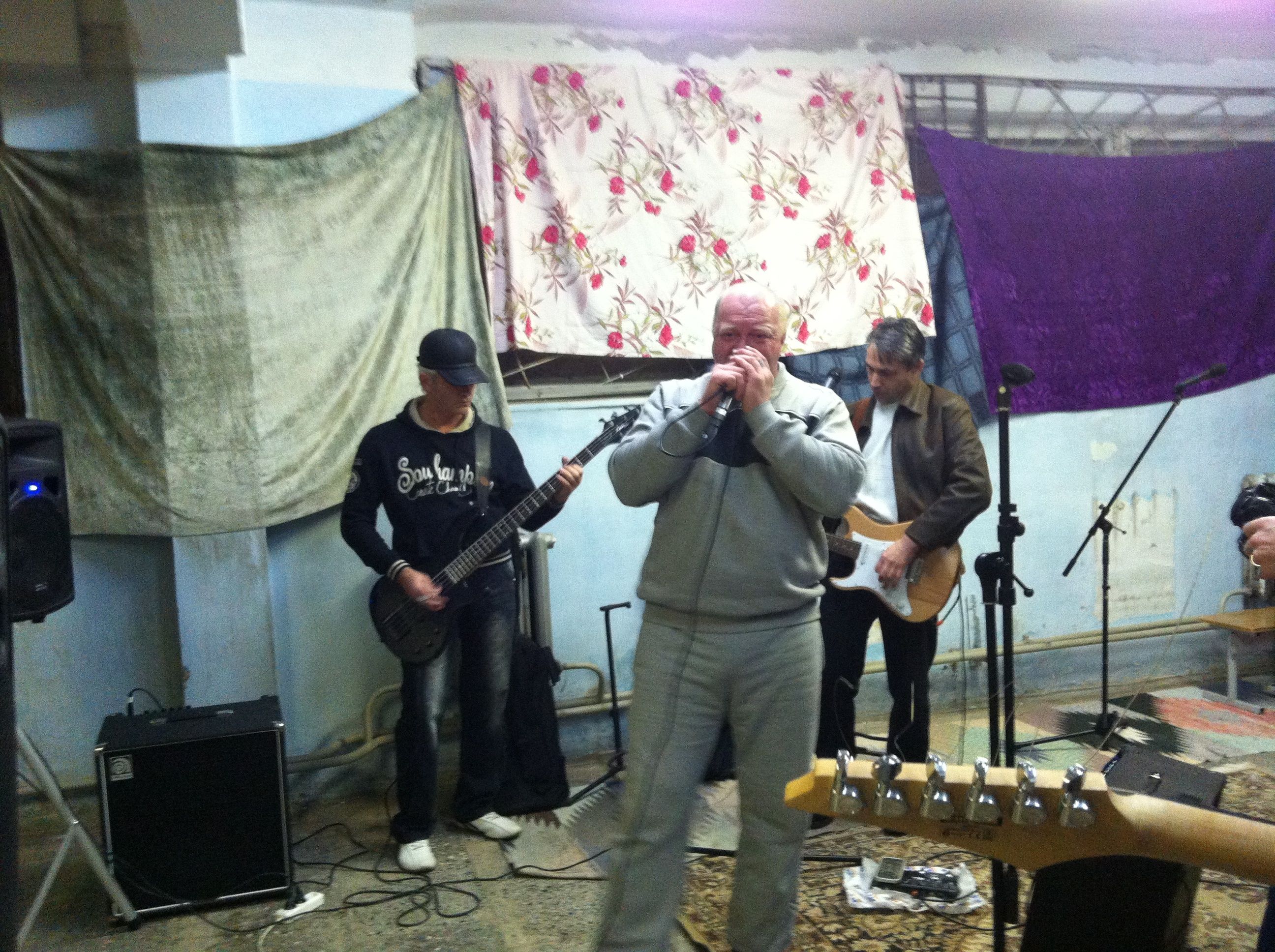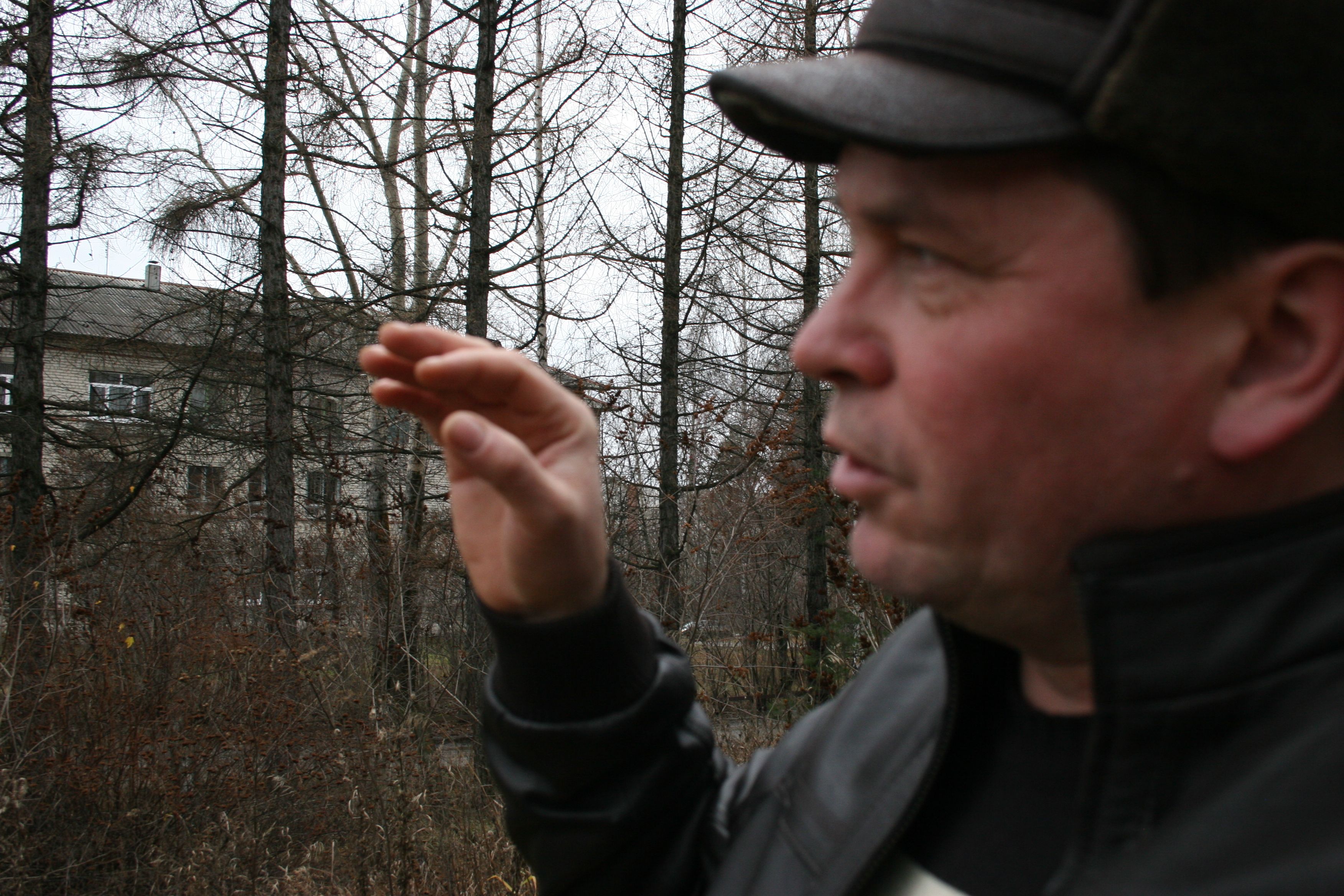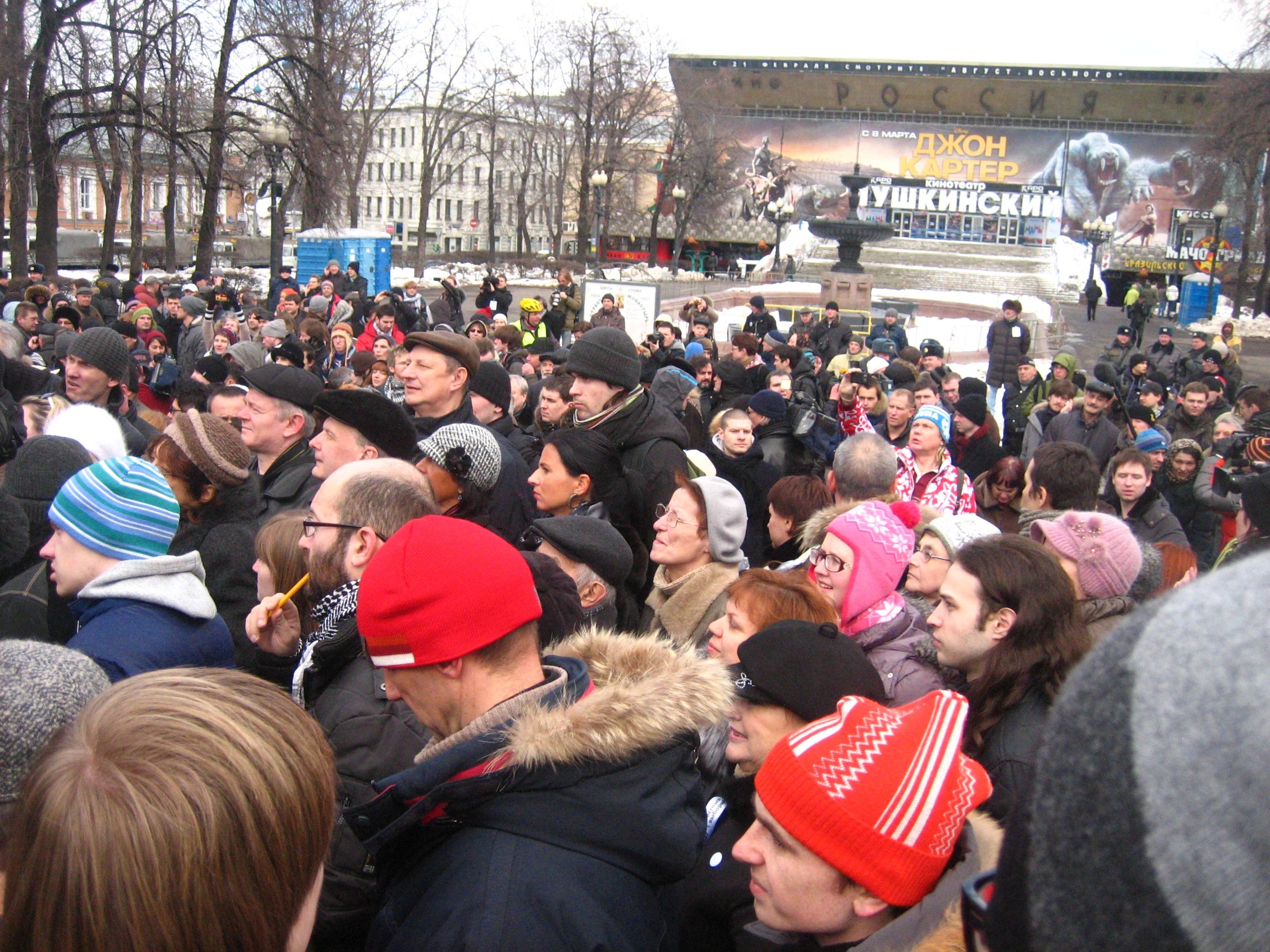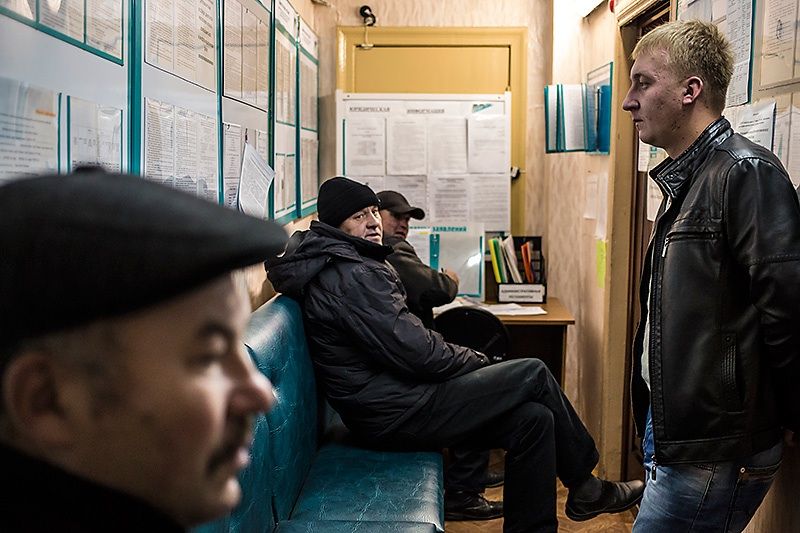“Russia’s Rustbelt”: The decline of Monotowns.
Standards: CCSS.ELA-Literacy.RH.11-12.9
Integrate information from diverse sources, both primary and secondary, into a
coherent understanding of an idea or event, noting discrepancies among sources.
Objective: This lesson is designed to help students understand the effect of the fall of
the USSR from the practical perspective of the ordinary citizen of the former USSR.
Essential Question; were ordinary people in the former USSR better off under
Communism?
Warm up
Have students watch this film: https://vimeo.com/91698920
And study this background: http://pulitzercenter.org/reporting/europe-russia-monotown-
single-industry-olympic-WTO, the map of Russian monotowns
Introduction: This lesson will give students a chance to examine Russian monotowns
(monogoroda). Most of these 340 towns are products of Stalinist industrialization, so the
architecture is of that era, especially the
1930s. (Indeed, they were often built by
GULAG labor.) Monotowns were
organized around a single plant or factory
and, in true Soviet spirit, the towns
provided all social services-- clinics and
schools, heat, water and electricity, for
populations of 5,000 to 700,000. As the
articles below indicate monotowns have
not fared well since the fall of the USSR.
Divide students into two groups:
Group 1:should read these carefully: Russia's Monotown of Asbest: The Town Asbestos
Built, the “People of the Pit”,
Group 2 Will study two towns: Baikalsk, which was once a thriving pulp and paper
mill, responsible for a good deal of pollution and Vydrino, a former timber town,
also on the shore of Lake Baikal.
Examine the slide show.
Questions for Discussion: Have students compare the experiences of contemporary
Russians in these “monotowns”. What is the history of these towns? Why are economic
circumstances so bleak? Why don’t people leave? What other issues, such as health
and safety are there? One of these articles is called “Russia’s Detroit”. What similarities
and differences are there between cities in the US that have declining industries and cities
in the former USSR?
Have there been efforts to revitalize these towns? What has come of these efforts?
What else is notable?
For
homework students should examine at least three of the following stories
Shrinking Siberia plus slideshow
Putin’s Knack for Surprise
The Only Ballerinas in All of Abkhazia
Reading Putin: The Mind and the State of Russia’s President
Russia: Putin’s Propaganda Machine still going strong.
Russia: Death by Indifference
Marina Rikhvanova’s Quest to Save Russia’s Lake Baikal
Introduction to David Satter’s It was a Long time Ago …. Read the introduction
Explain in an essay of 250 words how at least two of the articles relate to the larger issues
of the Monotowns. Why isn’t more being done about this problem in the former USSR?























































